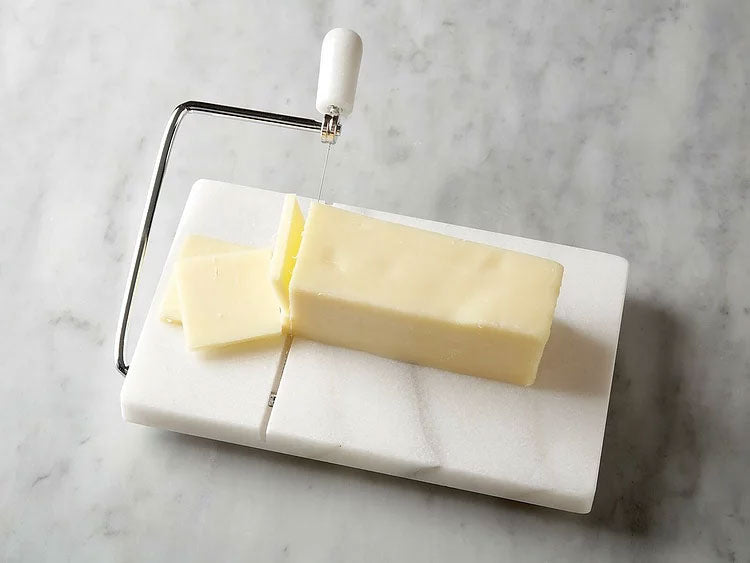Some piercings, such as nostril and earlobe, are available to almost anyone who wants them. They work on almost every anatomy and look fantastic. But then you get the piercings that have really specific anatomical requirements. Lately a lot of piercings have been showing up on the internet that should never have been pierced in the first place. These are the top three most anatomy-dependent piercings that are currently making the rounds.

First of all, let’s talk about industrial piercings. A standard industrial piercing is basically two helix piercings, connected by a single barbell. It sounds like it would be an easy piercing to get but it has some basic requirements in order to work. There needs to be a deep enough fold at the helix to support the barbell and the flat of the ear needs to be low enough that the barbell never touches it. A barbell that is touching the flat will begin to rub and dig into the ear cartilage, a problem made infinitely worse if you sleep on it. You may even wind up with the skin rubbed away and the ear cartilage exposed – a situation that requires medical attention. Less alarmingly, you may find the skin remains intact but develop a ditch in the cartilage that is visible when the jewelry is removed. (Not a medical emergency, but you may find it unsightly if you remove the jewelry.) So, if you’re going to get an industrial piercing, your piercer should have a good long look at your ear and if you don’t have the anatomy for a standard industrial, consider a vertical industrial or floating industrial instead.

The second biggest offender, when it comes to anatomically incorrect piercings, is the navel. A standard navel piercing requires a large “lip” at the top of the belly button and (like any piercing), enough tissue to support the jewelry. The bottom of the jewelry should sit in the cup of the belly button, the top should be at the top of the lip of the belly button. The jewelry should NEVER go through the navel itself. On a properly done belly piercing, you should only see the top and bottom ends of the belly ring. You shouldn’t be able to see the barbell itself. Sadly, this anatomy is not entirely common. It depends on your body type and the structure of the navel itself. One frequently sees pictures on the internet of belly piercings where half the barbell is visible and there’s a flap of skin holding the center in place. This, along with redness and irritation, is the most obvious sign of rejection. Rejection is when the jewelry has begun to work its way through the skin and out of the body. If you are noticing that you can see a lot more of the barbell, it may be time to retire your belly piercing. Leaving it to work its way out naturally can result in some nasty scarring. If you want a belly piercing and don’t have the anatomy, talk to your piercer about getting the bottom of the belly button pierced, or trying a floating navel piercing. These can be more accessible, depending on how your belly button is structured.
The single most common piercing seen in people who don’t have the anatomy for it (through no fault of their own) is the eyebrow piercing. The eyebrow piercing requires a thick pad of tissue in the section of eyebrow that’s being pierced. If your piercing is sitting in an area with minimal tissue, that’s a recipe for rejection. A brief look around the internet will show you a LOT of shallow and half-rejected eyebrow piercings. This is also an area that moves a lot. You express yourself with your eyebrows quite a bit, whether or not you even realize it. This, combined with a lack of tissue, is a perfect setup for a rejected piercing. If you do not have the anatomy for a standard, vertical eyebrow piercing, talk to your trusted piercer about whether a horizontal eyebrow piercing might work. Or you may wish to try an anti-eyebrow piercing, which is actually done more towards the cheekbone, and which uses a surface bar instead of a curved eyebrow.
All bodies are beautiful but not all bodies are built for all piercings. This doesn’t mean you can’t get the look you want; you may just have to try out a different version of a piercing if you don’t have the correct anatomy to support it. If you’re concerned about whether your body is correct for the piercing you want, talk to your trusted piercer. There are many variations on standard piercings and there is almost certainly one that’s perfect for your body!






